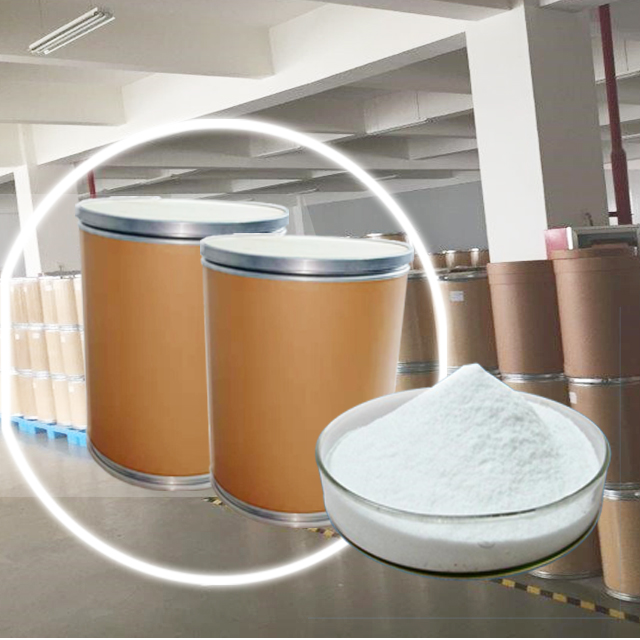| Message: | Folin phenol reagent is composed of two reagents. Reagent 1 is composed of sodium carbonate, sodium hydroxide, copper sulfate and potassium sodium tartrate. The peptide bond in protein reacts with potassium, sodium and copper tartrate solution in alkaline condition to form a purple red complex. The second reagent is composed of phosphomolybdic acid, phosphotungstic acid, sulfuric acid and bromine. Under alkaline condition, the reagent is easy to be reduced by the phenol group of tyrosine in protein, and the color of the reagent is directly proportional to the protein content. This method is also suitable for the determination of tyrosine and tryptophan. The range of determination is 25-250 μ G protein.
In conclusion, the advantage of Folin phenol method is high sensitivity, the disadvantage is time-consuming and interference, and Tris will also produce interference, so EPPs buffer should be used. It's not that Shengde is suitable for the production of the two buffers, but it's not that either one is better. |
 my account
my account
 log out
log out
 my account
my account
 log out
log out
